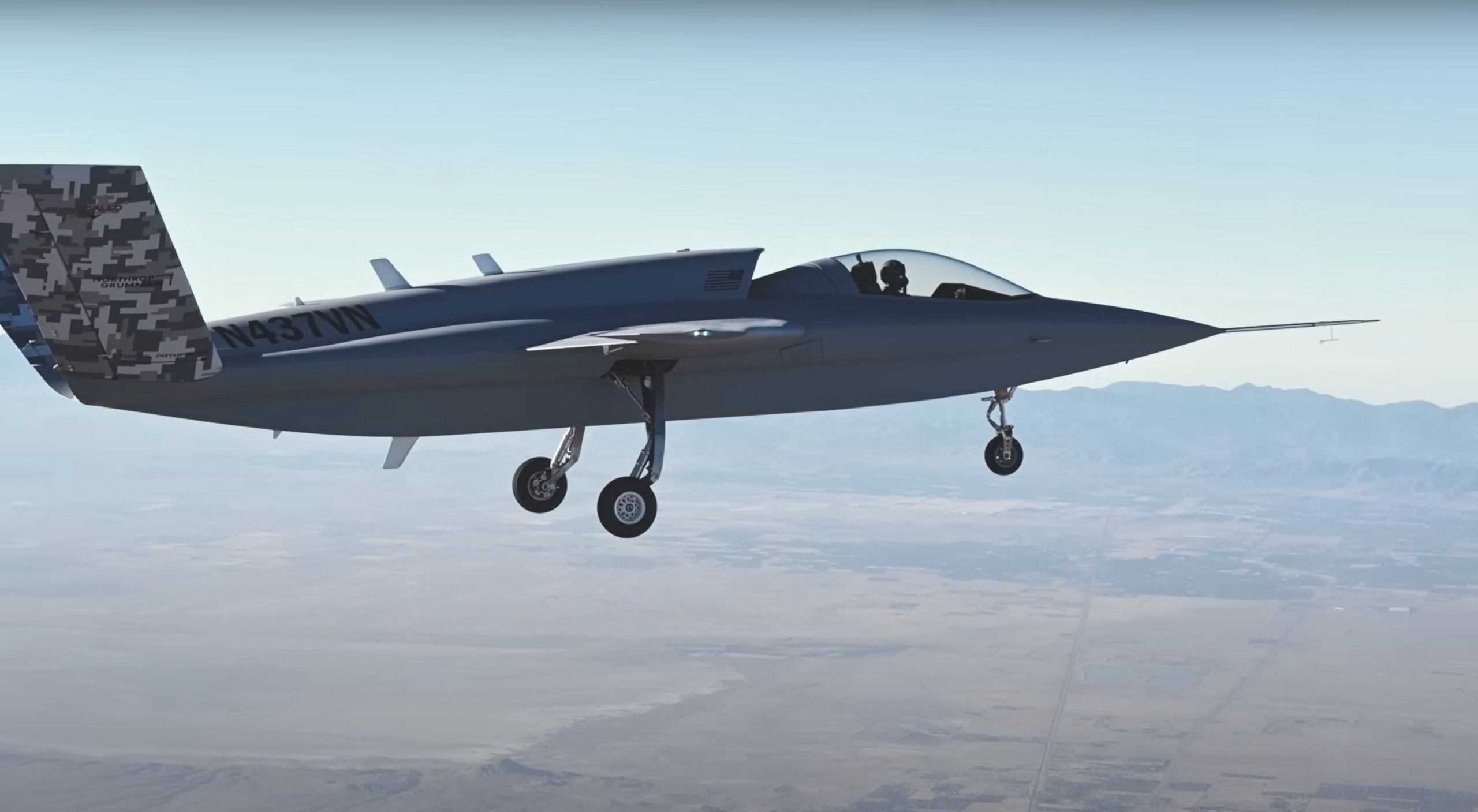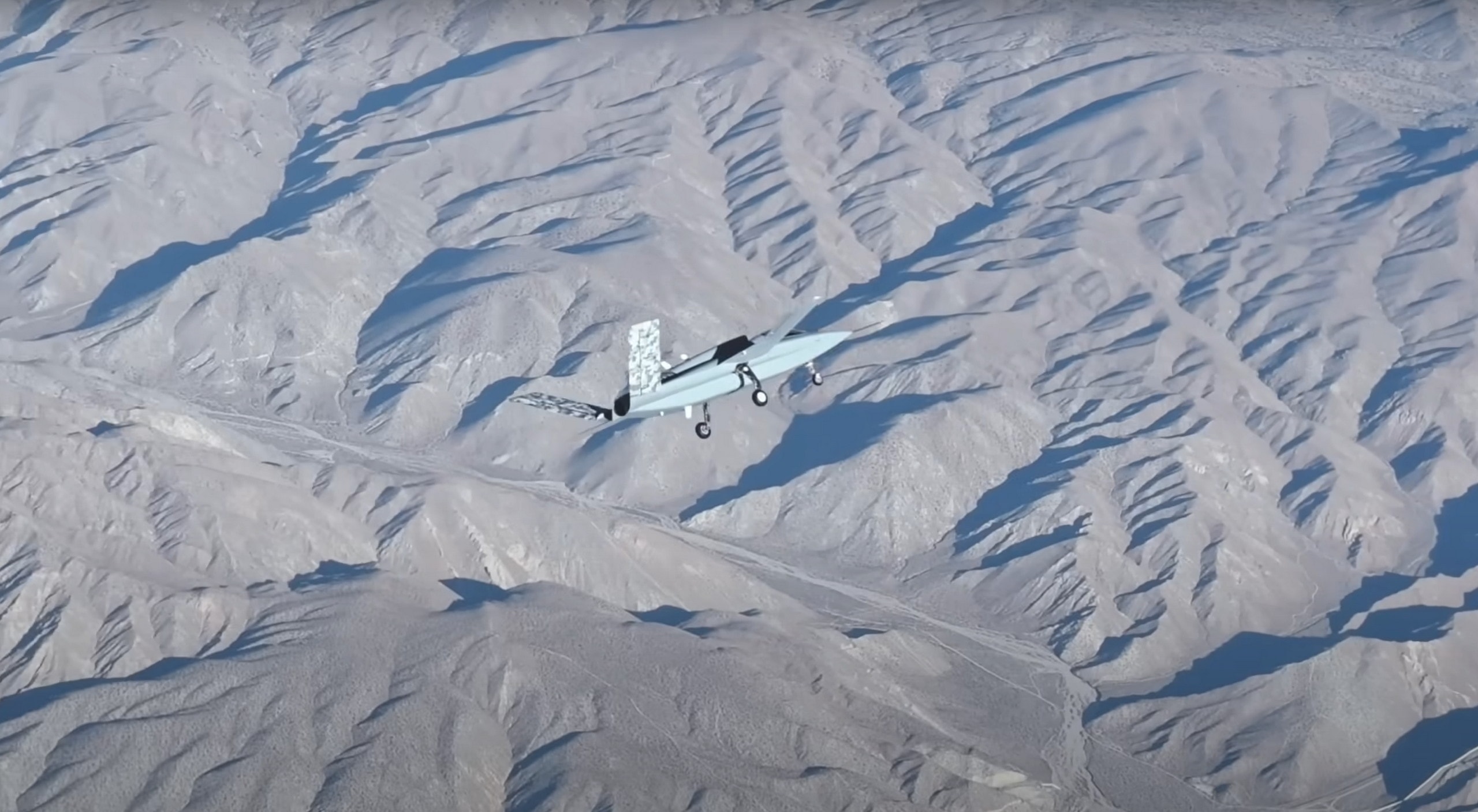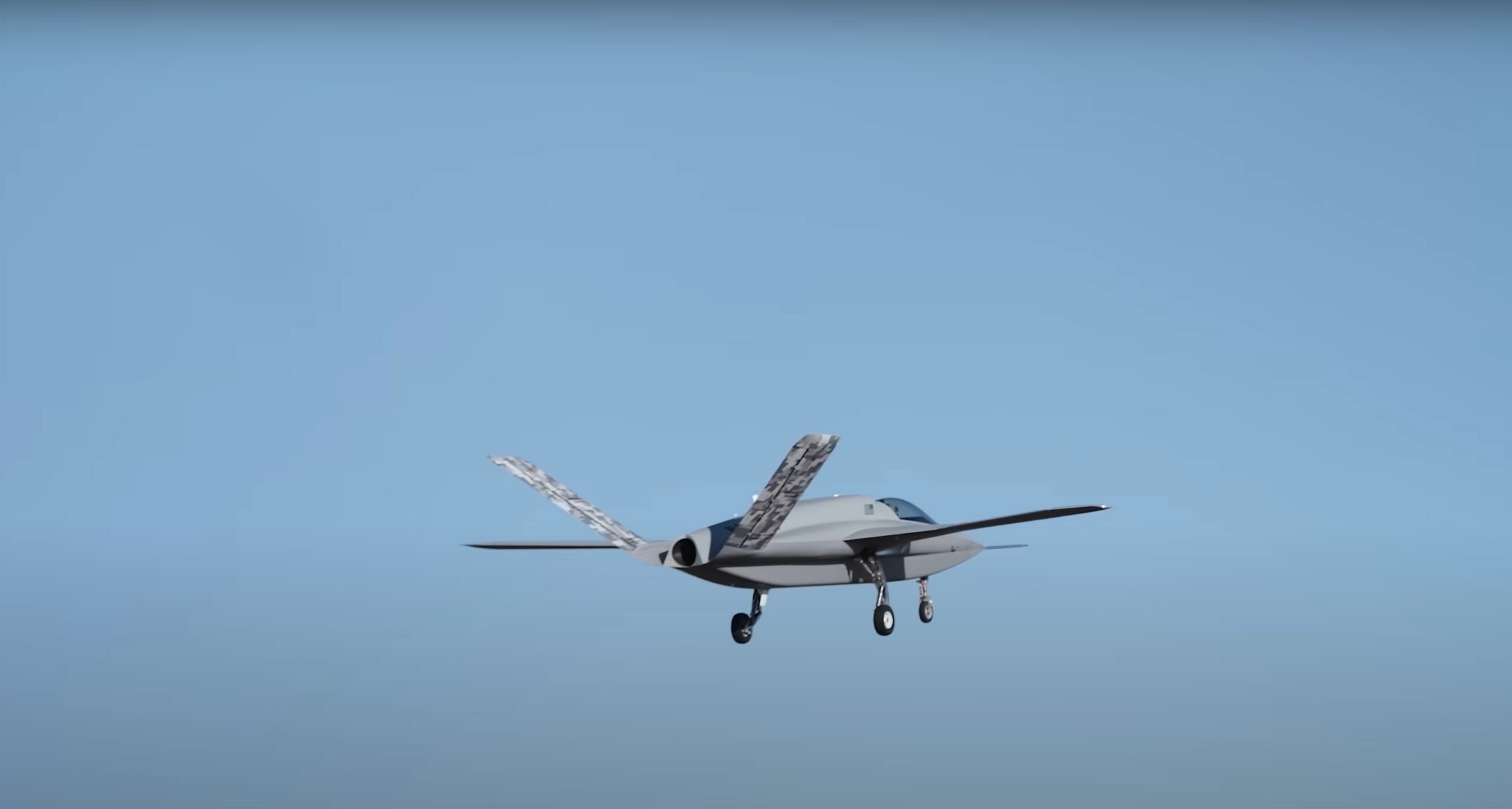The field of experimental aircraft has always been a fascinating one. These machines, designed to push the boundaries of flight technology, often possess a unique allure. One such aircraft, the Model 437 Vanguard, has recently captured attention.
A product of Scaled Composites, a Northrop Grumman company, the Vanguard made its maiden flight from the Mojave Air and Space Port in California. The Vanguard, a technological marvel, represents a significant advancement in aviation.
Originally conceived as an autonomous collaborative aircraft, its design evolved to accommodate a pilot due to FAA regulations restricting autonomous flights over populated areas. This adaptation demonstrates the adaptability of the aircraft’s design and its potential for various missions.

With a wingspan and length of 41 feet, the Vanguard is relatively compact. Its size, however, does not compromise its capabilities. Equipped with cutting edge technology, the Vanguard is poised to play a crucial role in shaping the future of flight.
As it continues to undergo testing and development, the Vanguard offers a look into the exciting possibilities that lie ahead in experimental aviation. The Scaled Composites’ experimental aircraft, powered by a Pratt & Whitney 535 engine, is capable of lifting to 10,000 pounds.
With a maximum range of 3,452 miles and a flight time of six hours, the plane offers a versatile platform for testing new technologies. While the top speed remains undisclosed, the aircraft can carry a payload of up to 2,000 pounds, including weapons such as AIM-120 missiles.

Designed for autonomous flight, the plane features removable wing assemblies and can operate in various conditions. Its ability to carry a significant payload makes it ideal for testing advanced avionics, propulsion systems, and other cutting edge technologies.
The Scaled Composites’ experimental aircraft represents a significant step forward in the development of unmanned aerial vehicles, offering a flexible and efficient platform for future research and development.

